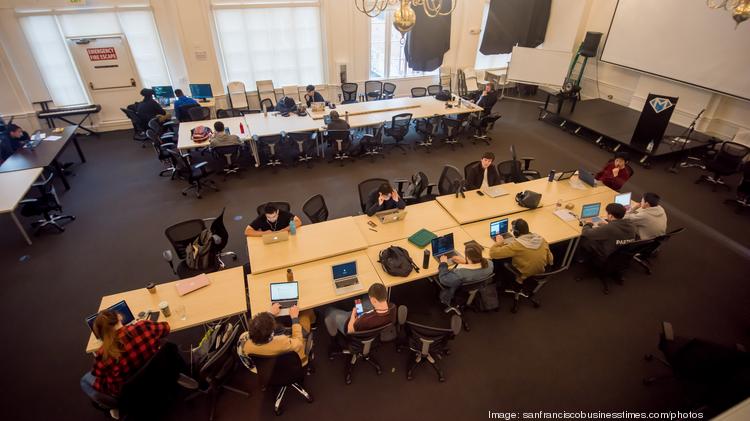Fuzzy C-Means - 11/22/19 - 12/13/19
These past few weeks have been slow. Dr. Hassibi could not come to the last meeting and we had a school break. In the meantime, we started to learn a new algorithm that did not have to do with graph clustering. I studied Fuzzy C-Means which was fairly easy to understand. Fuzzy c-means (FCM) is a method of clustering that allows points to be in more than one cluster. This method was developed by Dunn in 1973 and improved by Bezdek in 1981. The problem of classifying outliers gave rise to non-hard algorithms that were flexible enough to effectively deal with these points, hence the name “soft clustering”. It is also known as “soft k-means” due to its design centered around k-means. A big difference between the two algorithms is that FCM assigns a membership of every node to each cluster, enabling points to be in two or more clusters. Below is an image of FCM being used to do image partitioning. After is my video explaining what FCM is in further detail.

https://youtu.be/zr50h_91gOw
Our last meeting at Caltech before the upcoming winter break, we met with Navid Azizan Ruhi, a graduate student. At the meeting, nothing substantial was spoken about other than what we were learning. Towards the end of the meeting, we talked about what direction we wanted to take for the future. We talked about ML applied to photos, videos, and Natural Language Processing. All of them sound promising but I am particularly interested in ML applied to bioinformatics. Whatever we find ourselves doing, I hope it is super educational and helpful in the future. Below is a video showcasing how AI is used to push studies in genomics further.
Our last meeting at Caltech before the upcoming winter break, we met with Navid Azizan Ruhi, a graduate student. At the meeting, nothing substantial was spoken about other than what we were learning. Towards the end of the meeting, we talked about what direction we wanted to take for the future. We talked about ML applied to photos, videos, and Natural Language Processing. All of them sound promising but I am particularly interested in ML applied to bioinformatics. Whatever we find ourselves doing, I hope it is super educational and helpful in the future. Below is a video showcasing how AI is used to push studies in genomics further.
On another note, during my school break a few weeks ago, I went to San Francisco with my friend to participate in FrontierHacks. It was a 24-hour event where people would make a project and showcase it to judges. We went through a lot of troubles but the main takeaway from this experience was the experience itself. It was my first time organizing flights, planning the trip, and traveling without my parents. It definitely was an eye-opening moment into adulthood. I am super grateful to my parents for giving me this opportunity. Without them, I couldn't have even gone there which is a privilege itself. We made a Mandarin Character classifier to approach the hackathon's education vertical. While it did not work the way it was intended to nor won any awards, it was a good experience. Below is a picture of FrontierHack's venue.


Winter break, which is right after finals, will be a pretty lazy one for me. My brother is flying to Los Angeles from New York to visit us which is great. I plan on doing some side projects and get a head start in some of my classes.

Comments
Post a Comment